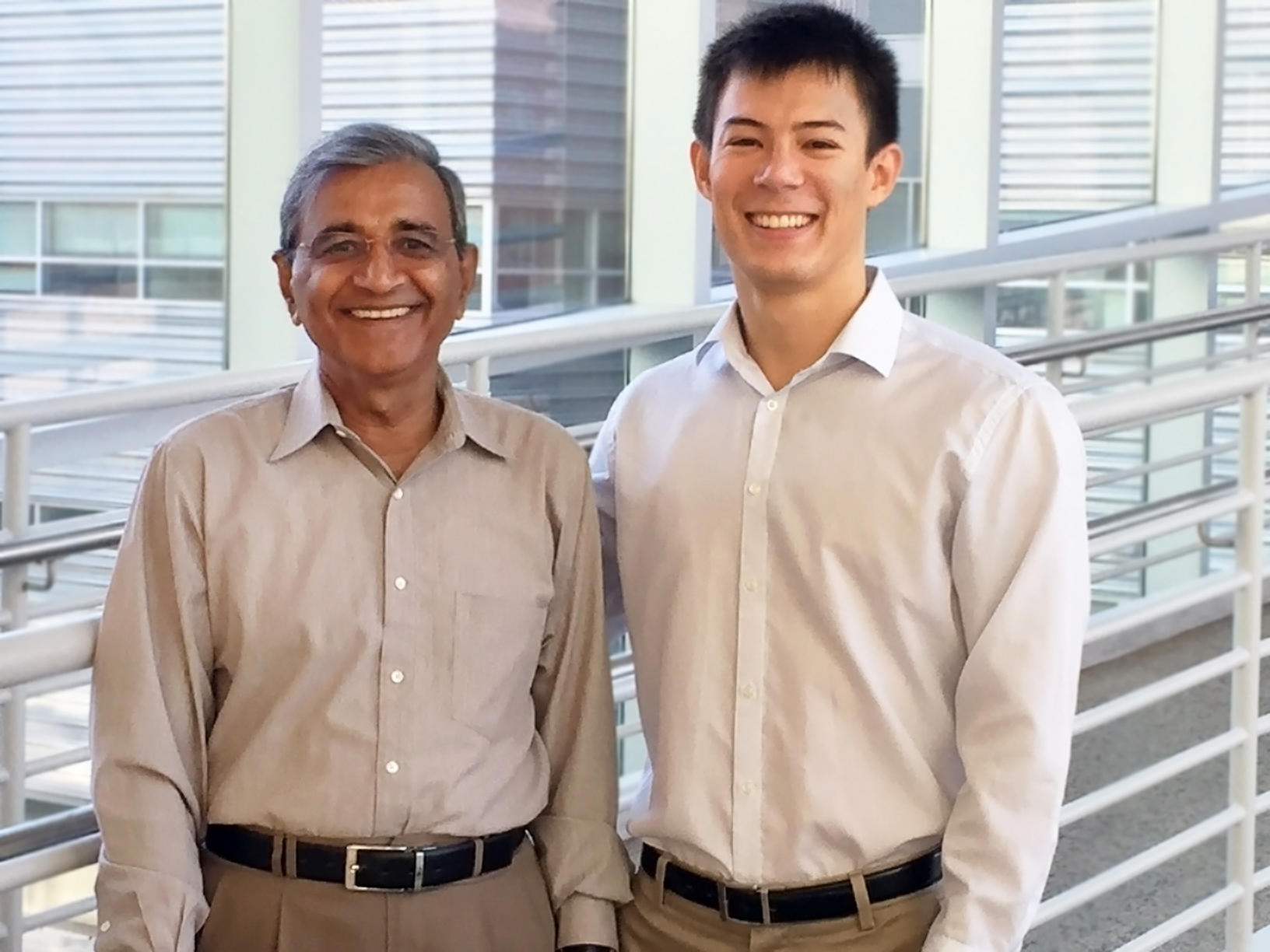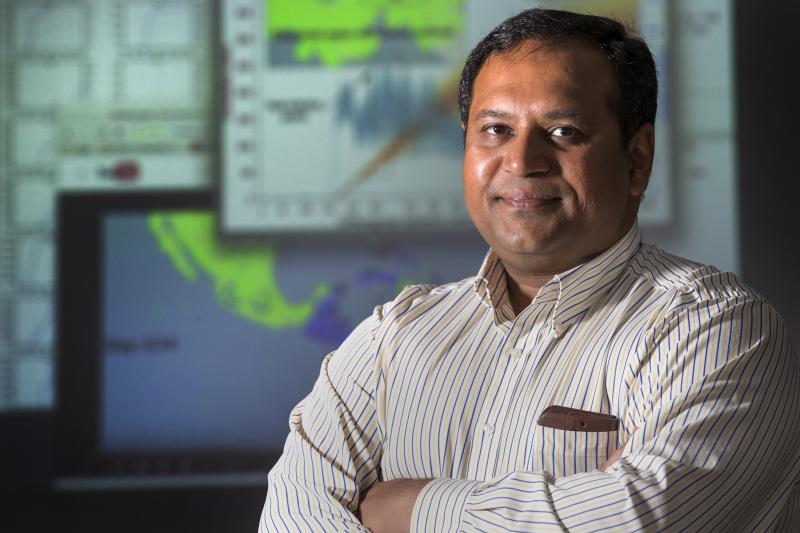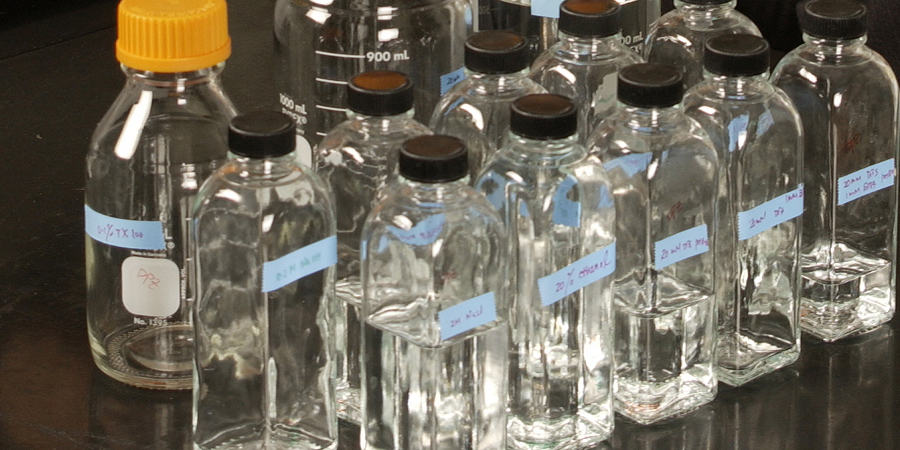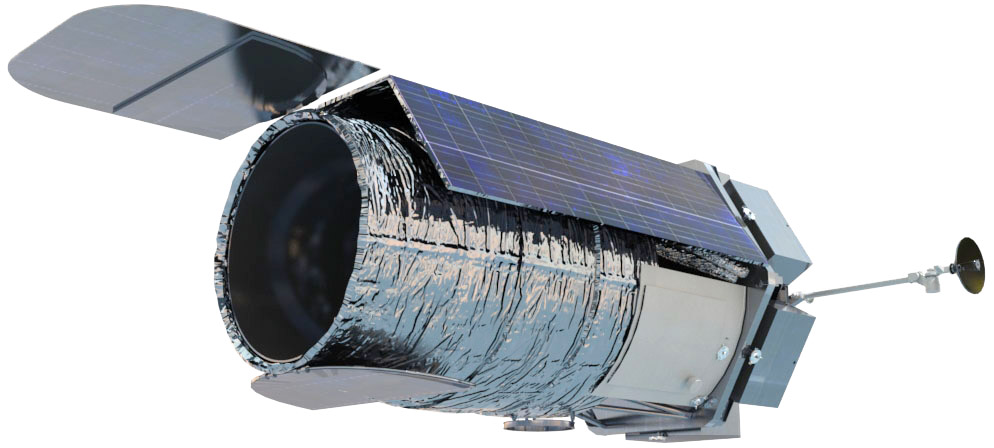Education Innovation
As part of the AweSim program, TotalSim USA has developed a computational fluid dynamics (CFD) app that allows college students on Formula SAE (Society of Automotive Engineers) teams to perform aerodynamics simulations on the Ohio Supercomputer Center and get wind tunnel-like data for development of their race cars. The app itself meshes geometry, configures solver settings, generates output visualizations and organizes results so students from such teams at The Ohio State University, the Univesity of Akron and Indiana University-Purdue University Indianapolis can focus on designing and improving their Formula SAE cars without being forced to become CFD experts.




